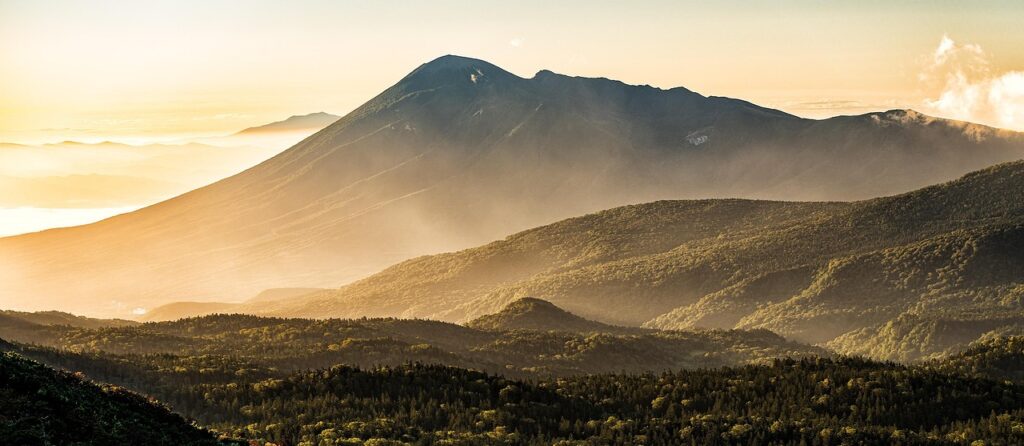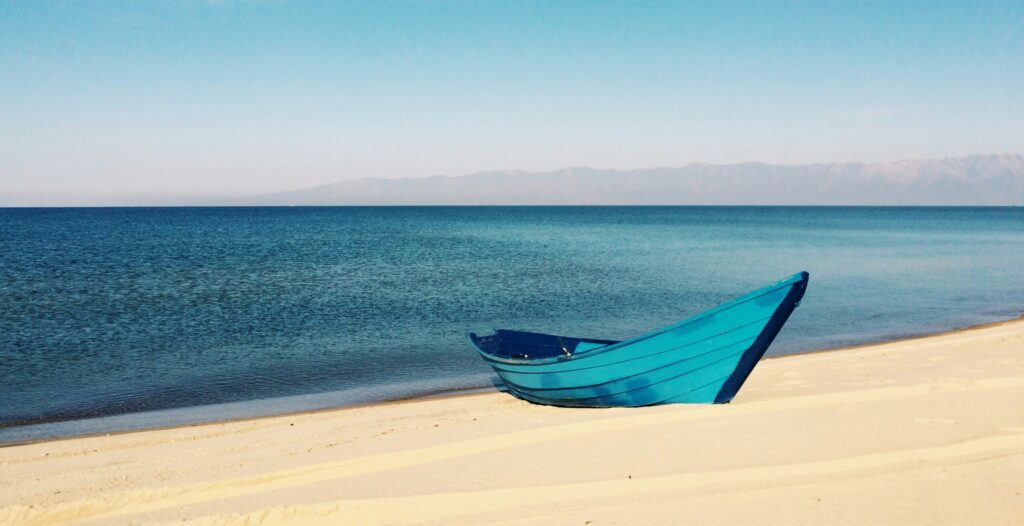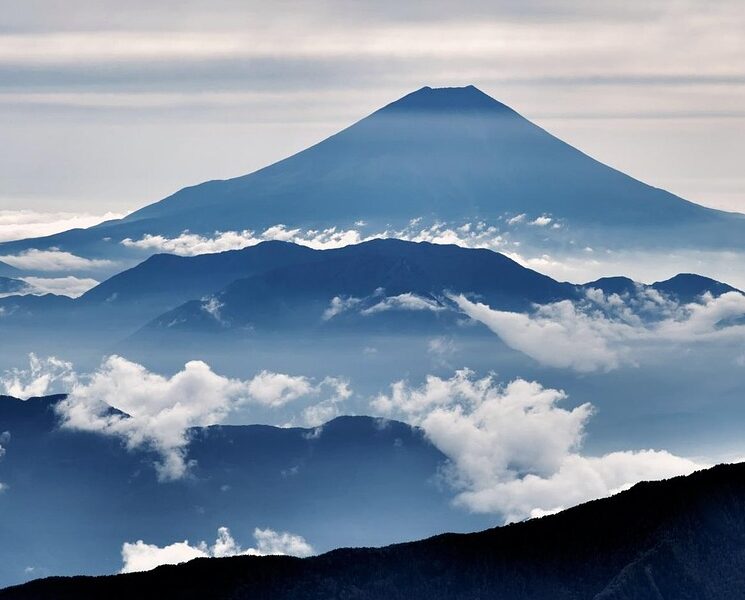
Chapter1: The Beginning of Heaven and Earth
The Gods Born from Chaos
Japanese mythology is far more than an ancient tale.
It is a mirror reflecting how the Japanese people have nurtured a heart that lives in harmony with nature.
In the opening of the Kojiki and Nihon Shoki, the story of the “Creation of Heaven and Earth” (Tenchi Kaibyaku) unfolds — the very birth of the world itself.
From the darkness of chaos, light was born. Gods emerged, and harmony began to weave between nature and humankind.
In this first chapter, we unravel that grand beginning.
When Heaven and Earth Divided — Creation from Chaos
The Kojiki begins with the words, “When Heaven and Earth first appeared.”
At that time, there was neither sky nor land, no distinction between above and below — only chaos.
From that stillness came movement.
At its center appeared three deities, the origins of the universe itself:
Ame-no-Minakanushi-no-Kami, Takamimusubi-no-Kami, and Kamimusubi-no-Kami.
They had no form or shape, existing quietly as the very essence of “harmony.”
They prepared the stage for the gods yet to come — the cosmic moment when energy became order.
Izanagi and Izanami — The Birth of the Land
Once the foundations of the world were set, the gods commanded that the land be created.
Entrusted with this sacred task were two divine beings — Izanagi-no-Mikoto and Izanami-no-Mikoto.
Standing upon the Floating Bridge of Heaven, they stirred the ocean with the Ame-no-Nuboko, the Heavenly Spear.
Drops that fell from its tip solidified to form the first island — Onogoro Island.
Descending to the island, the two deities circled one another and were united in marriage.
Together, they gave birth to the islands of Japan — Awaji, Shikoku, Kyushu, and Honshu — in what is known as the Kuniumi, the “Birth of the Nation.”
This myth is not merely an origin story of geography, but a symbol of sacred creation —
that life itself springs forth from the harmony between masculine and feminine energies.
The Birth of Gods and the Meaning of Death
In time, Izanami gave birth to many gods — of the sea, wind, mountains, and fire — the origins of the Yaoyorozu no Kami, the “eight million gods” that dwell in all things.
But when she gave birth to the fire god, she was burned and perished.
Heartbroken, Izanagi descended into Yomi, the Land of the Dead, in search of his beloved wife.
There he found her no longer as she once was — her body transformed by death.
Horrified, Izanagi fled back to the world of the living and performed a ritual purification (misogi) to cleanse himself of grief and defilement.
From this purification were born three central deities:
Amaterasu-Ōmikami, the sun goddess;
Tsukuyomi-no-Mikoto, the moon god;
and Susanoo-no-Mikoto, the god of seas and storms.
Here, we glimpse the essence of Japanese thought — the cycle of death and rebirth, purification and creation.
The ancient spirit of harae (ritual cleansing) still lives on in Shinto practices today.
Living in Harmony with Nature
The ancients believed that gods dwelled in everything — mountains, rivers, seas, winds, and fire.
To harm nature was to defile the divine; to revere it was to live alongside the gods.
In the modern age, convenience often overshadows this sensitivity,
yet the myth reminds us of the wisdom of balance — the harmony necessary for life.
When we tidy our surroundings, show kindness to others, and express gratitude to nature,
we are, in truth, living in rhythm with the same spirit that once guided the ancient gods.
After Chaos Comes Harmony
The story of creation is not merely a tale of beginnings.
It is a story of cycles — of chaos becoming order, death giving birth to renewal.
That cycle embodies the Japanese heart of wa — harmony.
When we pause to look within, the footsteps of the gods illuminate our path.
The beginning of Heaven and Earth is also the beginning of our own souls.



コメントを残す